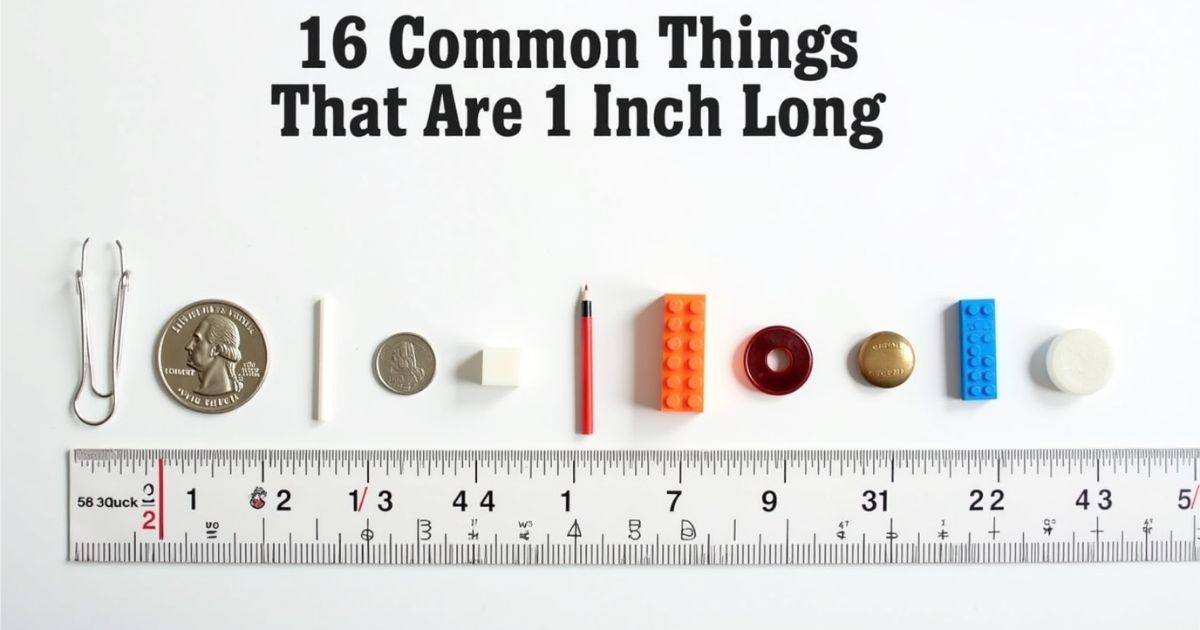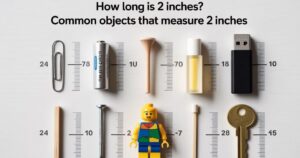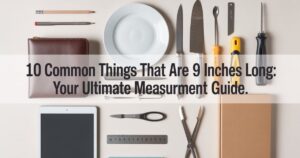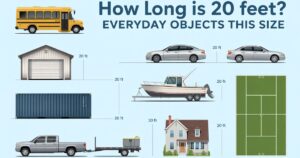Ever found yourself needing to measure something but couldn’t find a ruler? You’re not alone. Understanding everyday objects that are 1 inch long can save you in countless situations. From DIY projects to quick estimates, knowing what does 1 inch look like makes life easier.
Let’s explore the fascinating world of one-inch measurements. You’ll discover practical ways to estimate sizes anywhere.
What Do You Mean by 1 Inch Long?
An inch represents a unit of measurement in the U.S. Customary System. It’s exactly one-twelfth of a foot. This might sound abstract at first. But it’s incredibly practical once understood.
Here’s what you need to know:
- 1 inch equals 2.54 centimeters exactly
- It’s also 25.4 millimeters or 0.0254 meters
- The difference between inch and centimeter matters for precision work
The inch originated from ancient body-based measurements. Early rulers used thumb widths as references. Today’s standardized inch ensures consistency across all measurements. Americans use inches daily while most countries prefer metric. This creates occasional confusion for travelers and online shoppers.
How Long is 1 Inch Visually?
Picture your thumb’s width at its widest point. That’s roughly one inch for most adults. The distance from your fingertip to first knuckle? Also approximately one inch in many cases.
Visual estimation techniques include:
- Comparing to the diameter of a U.S. quarter
- Looking at a standard bottle cap’s width
- Imagining a large shirt button’s size
- Thinking of a sugar cube’s dimension
These 1 inch visual examples help you grasp the measurement quickly. Your brain remembers physical objects better than abstract numbers. That’s why visualizing 1 inch length through tangible items works so well.
How Can It Be Measured in 1 Inch Without a Ruler?
Sometimes you need items used to measure 1 inch when rulers aren’t available. Your body becomes your best measuring tool. Smart travelers and craftspeople know these tricks well.
Body-based measurement hacks:
- Thumb width: Most adult thumbs measure about 1 inch across
- Knuckle method: Distance from fingertip to first knuckle approximates one inch
- Pinky tip: The width of your pinky fingernail often equals an inch
Everyday object methods:
- Fold a dollar bill into thirds lengthwise (roughly 1 inch sections)
- Use half the short edge of a credit card
- Stack two U.S. quarters for height reference
These techniques won’t give laboratory precision. But they’re accurate enough for home tasks and quick estimates. Practice calibrating your personal measurements against an actual ruler once.
16 Things Equal to 1 Inch: A List of Random Things
Memorizing common items 1 inch in size transforms you into a human ruler. These examples of 1 inch objects exist in nearly every environment. Let’s explore each reference point in detail.
A Standard Paperclip

The classic paperclip measures almost exactly 1 inch. We’re talking about the standard #1 size here. This makes the paperclip size reference incredibly reliable for quick measurements.
Office workers everywhere have this tool constantly available. Just unfold one slightly to measure distances. Manufacturing standards keep these dimensions consistent worldwide.
A Bottle Cap’s Diameter
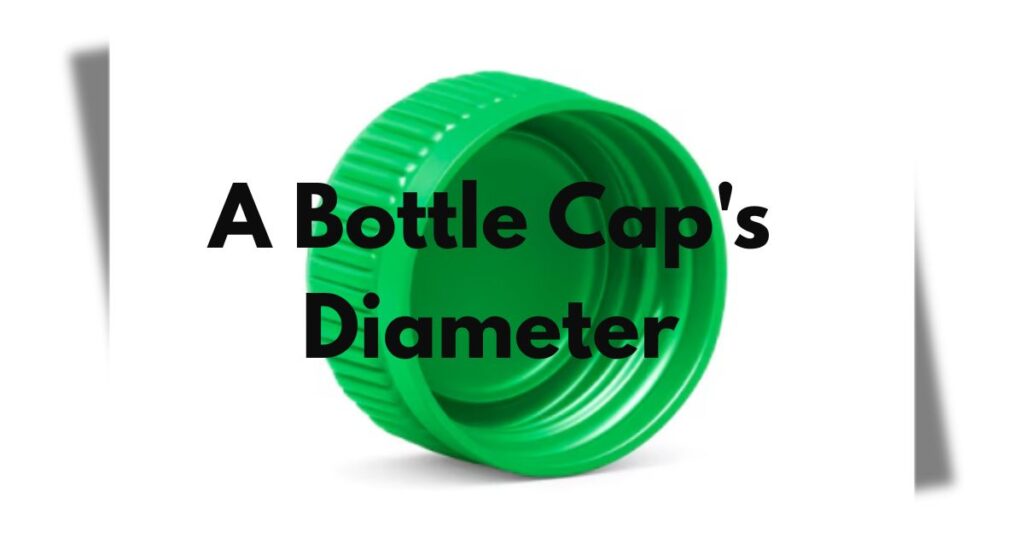
Grab any standard soda or water bottle. The bottle cap diameter 1 inch rule applies universally. Most plastic bottle caps measure between 0.98 and 1.02 inches across.
This consistency comes from beverage industry standards. Manufacturers need uniform caps for automated bottling lines. Keep an old bottle cap in your toolbox as a handy measuring device.
A Fingernail Length
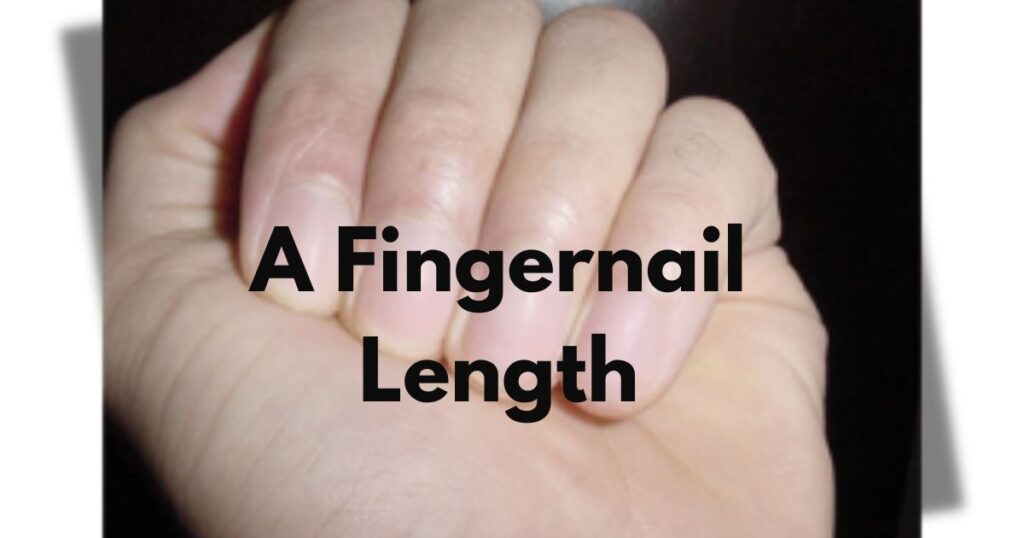
Your thumbnail likely measures close to one inch. Adult thumbnails average between 0.6 and 1 inch depending on gender and genetics. Men typically have slightly larger nails than women.
The fingernail length 1 inch reference works best with thumbnails. This personal measurement tool travels everywhere with you. Just remember that manicured nails might throw off accuracy.
The Width of a Large Thumb

An adult male’s thumb typically spans 1 inch at its widest point. This ancient measurement formed the basis of the inch itself. The thumb width 1 inch correlation isn’t coincidental.
Women’s thumbs average slightly narrower at 0.8-0.9 inches. Calibrate your own thumb against a ruler once. Then you’ll always have a measurement tool attached to your hand.
A Large Button on a Shirt

Dress shirt buttons measure roughly 0.5 to 1 inch in diameter. The larger buttons on coat fronts hit that one-inch mark perfectly. The shirt button size 1 inch standard comes from garment industry practices.
Button manufacturers use a measurement system called “ligne.” A 40-ligne button equals almost exactly 1 inch. Fashion designers rely on these standards for consistent appearances.
The Height of a Matchstick
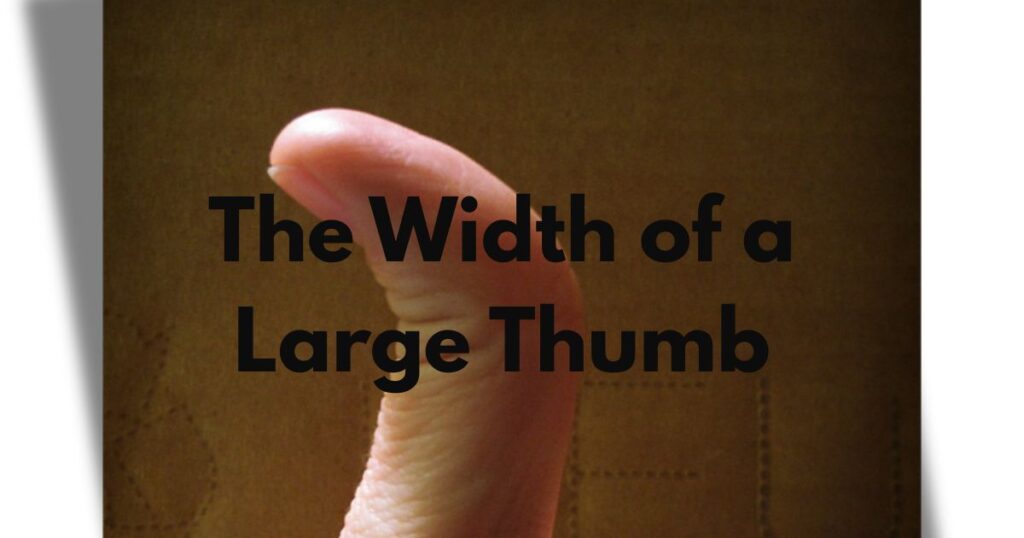
A standard safety match stands 1 to 1.5 inches tall. Measure from the wood base to the colored head tip. Match manufacturers maintain consistent dimensions for packaging efficiency.
These small wooden sticks make excellent emergency rulers. Campers and outdoor enthusiasts appreciate this backup measurement method. Just don’t light them while measuring!
The Width of a U.S. Quarter
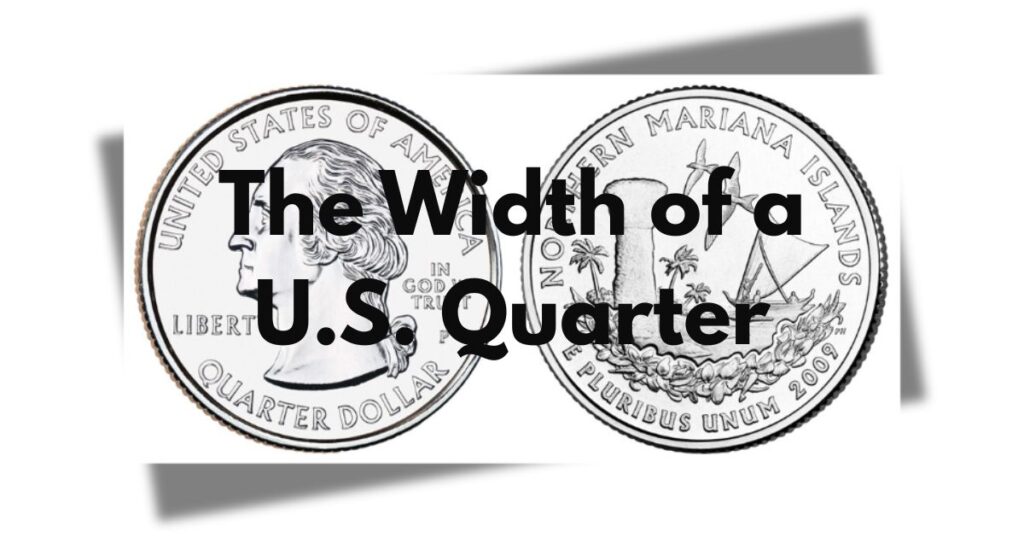
The U.S. quarter diameter measures 0.955 inches precisely. That’s close enough to call it an inch for most purposes. This coin exists in millions of American pockets daily.
The U.S. Mint has maintained these dimensions since 1965. Quarters serve as perfect portable measurement references. Stack them for measuring thickness or use individually for diameter checks.
A Sugar Cube’s Side

Traditional sugar cubes measure exactly 1 inch per side. These perfect little cubes make ideal 1 inch measurement comparison tools. The sugar cube size reference has remained standard for decades.
Food manufacturers create these uniform dimensions for portion control. Coffee shops and tea services worldwide use identical sizes. One cube equals one teaspoon of sugar conveniently.
The Width of a Pencil Eraser
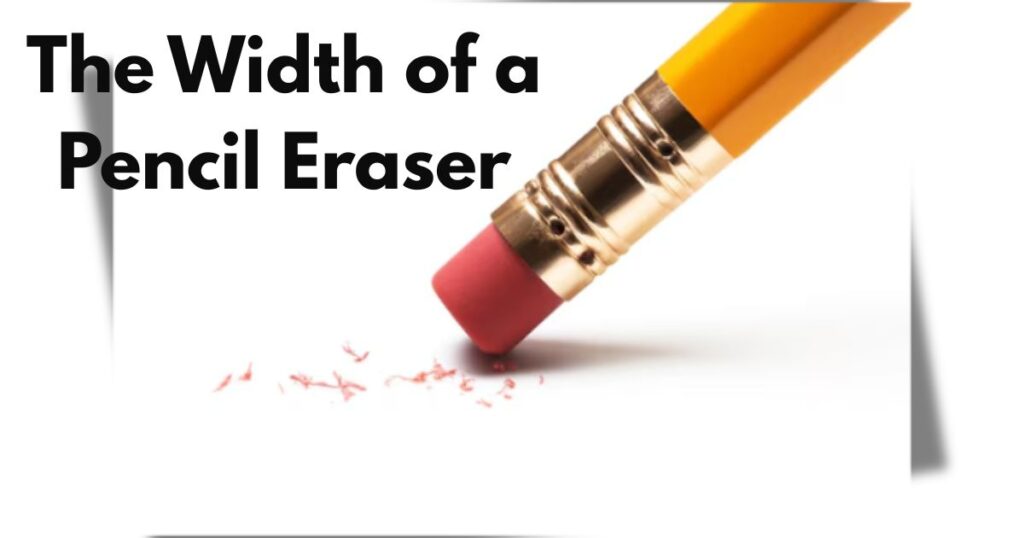
The pink eraser on a standard No. 2 pencil? It’s typically 0.25 inches in diameter. But the larger Pink Pearl erasers measure closer to 1 inch across. The pencil eraser width varies by brand and type.
School supply manufacturers maintain consistent dimensions for ergonomic reasons. A comfortable eraser size improves student writing experiences. These pink erasers make colorful measurement tools for kids.
A Standard Post-it Note Side
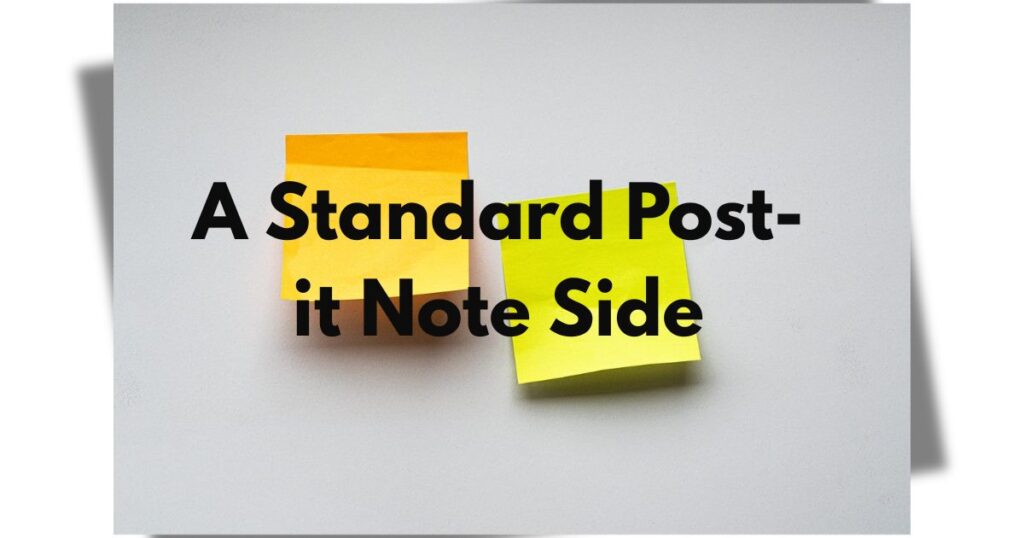
The smallest Post-it notes measure 1.5 x 2 inches. The shorter edge gives you that post-it note short edge reference. 3M standardized these dimensions decades ago for desk organization.
Office supply stores stock various Post-it sizes now. But the classic small yellow squares remain popular. Their compact size makes them perfect for quick measurements and jotting notes simultaneously.
The Diameter of a Standard Button
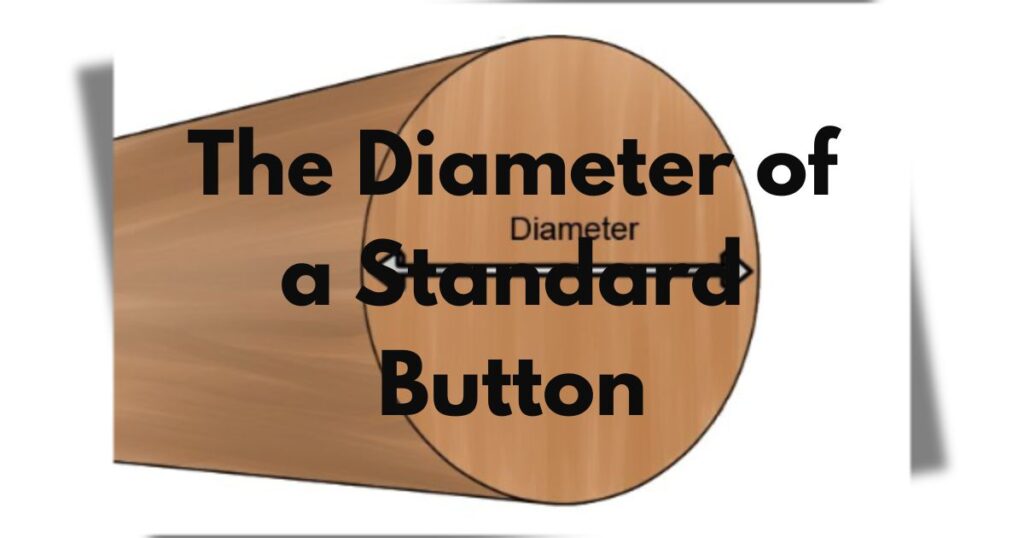
Four-hole shirt buttons typically measure 0.5 to 0.75 inches. However, coat buttons and specialized fasteners often reach 1 inch exactly. Button collectors call this measurement knowledge essential.
The garment industry uses “ligne” measurements where 40 lignes equals one inch. Seamstresses and tailors memorize these conversions instinctively. Buttons provide surprisingly accurate measurement references when needed.
The Width of a Credit Card’s Short Edge

Credit cards follow the ISO/IEC 7810 ID-1 standard worldwide. They measure 3.375 x 2.125 inches precisely. Half the short edge equals roughly 1 inch. The credit card short side makes an always-available measuring tool.
Every wallet contains this standardized measurement reference. Business professionals use this trick constantly. The plastic’s rigidity also makes it superior to paper rulers.
A LEGO Piece

Standard LEGO bricks follow precise measurements for universal compatibility. A 2×2 stud brick measures approximately 0.6 x 0.6 inches. But larger pieces easily reach one-inch dimensions. The lego brick dimensions demonstrate incredible engineering precision.
LEGO maintains tolerances of 0.002 millimeters in manufacturing. This precision allows pieces from 1958 to work with 2025 sets. Kids learning measurements benefit from these standardized building blocks.
The Small Side of a Sticky Note

Generic sticky notes often measure 1.5 x 2 inches like branded Post-its. The sticky note small side provides consistent measurement references. Office supply companies adopted these dimensions as industry standards.
Teachers use sticky notes for educational measurement activities. Students enjoy hands-on learning with colorful paper squares. These adhesive notes stick to surfaces for temporary measuring guides.
A Coin From a Gumball Machine

Those plastic prize capsules from vending machines? They’re typically 1 to 1.5 inches in diameter. The gumball coin size varies by machine type. But most standardize around one inch for manufacturing efficiency.
Vending machine operators purchase capsules in bulk. Consistent sizing ensures proper dispensing mechanisms. Children collect these capsules, making them memorable measurement references.
The Height of a Small Bolt
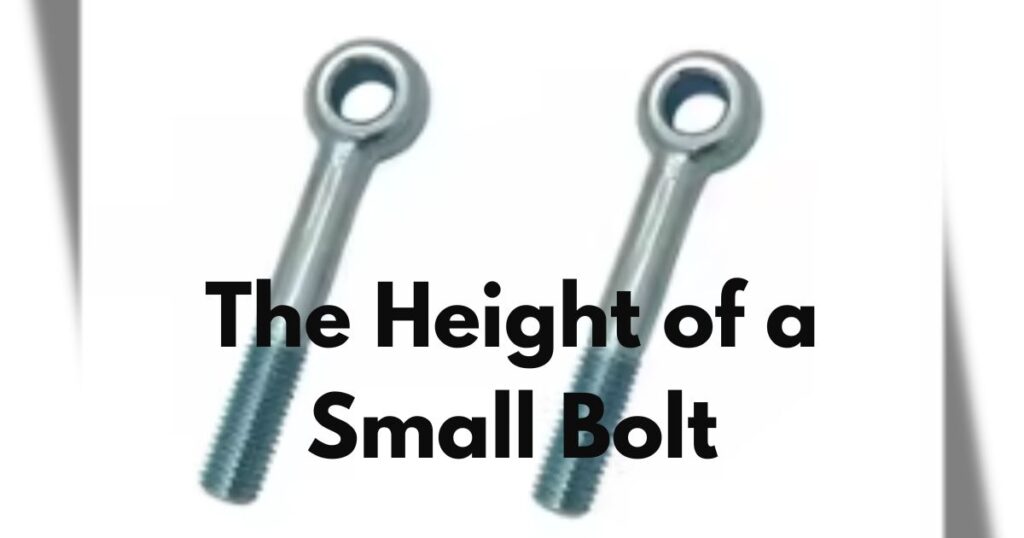
Hardware stores sell bolts by length measurements. A “1-inch bolt” refers to the threaded shaft length. The small bolt height 1 inch specification excludes the head typically.
Carpenters and mechanics know bolt measurements intimately. Home improvement projects require accurate fastener sizing. Keep various bolt sizes labeled in your workshop for measurement emergencies.
Read This Post: 16 Common Things That Are 5 Inches Long
Common Misconceptions About Item Measurements
Many people believe all thumbs measure exactly one inch. This simply isn’t true. Hand sizes vary dramatically between individuals. Age, gender, and genetics all influence thumb width.
Another common myth involves confusing coin dimensions. Some think pennies measure one inch across. Actually, pennies span only 0.75 inches in diameter. The U.S. quarter comes much closer at 0.955 inches.
Screen measurements confuse many users too. A digital inch on your monitor differs from a physical inch. Display resolution and DPI settings affect on-screen measurements. Never trust screen rulers without calibration first.
Manufacturing tolerances also create size variations. Even standardized items show slight differences between batches. A paperclip might measure 0.95 to 1.05 inches realistically. Perfect precision only exists in theoretical specifications.
How to Measure 1 Inch at Home Without Tools?
Your home contains dozens of 1 inch reference objects already. Smart measurement starts with creating a personal reference card. Grab a sturdy piece of cardstock and mark off one-inch segments using a borrowed ruler.
DIY measurement techniques:
- Fold printer paper using standard 1-inch margins as guides
- Use smartphone dimensions (most phones are 2.5-3 inches wide)
- Stack coins for height measurements
- Fold dollar bills into measured sections
Kitchen-based methods:
- Standard pasta boxes often have inch markings
- Many wooden spoons show measurement marks
- Refrigerator magnets frequently measure about 1 inch
- Tile grout lines sometimes follow one-inch spacing
Creating visual reference cards works brilliantly for kids learning measurements. Draw objects that represent one inch on index cards. Laminate them for durability and reuse.
How to Measure 1 Inch While Traveling Without Tools?
Smart travelers know how to estimate 1 inch using items in their pockets. Your passport measures 3.5 x 4.9 inches with standardized dimensions. Driver’s licenses follow similar sizing conventions worldwide.
Portable measurement references:
- Currency bills (dollar bills measure 6.14 inches long)
- Credit cards (3.375 x 2.125 inches)
- Hotel key cards (same size as credit cards)
- Coins from your pocket change
Restaurant and hotel hacks:
- Disposable chopsticks often measure standard lengths
- Coffee stirrers typically span 5-7 inches
- Sugar packets measure about 3.5 inches long
- Drinking straws average 8-10 inches
International travelers benefit from 1 inch to centimeters conversion knowledge. Converting mentally helps when shopping abroad. Remember that 1 inch equals approximately 2.5 centimeters for quick estimates.
Final Thoughts
Mastering everyday objects 1 inch in size empowers you with instant measurement abilities. No more searching frantically for rulers or tape measures. Your environment becomes filled with precise reference points.
Practice identifying things that measure 1 inch wherever you go. This skill sharpens your spatial awareness dramatically. Engineers, crafters, and DIY enthusiasts all benefit from visual measurement proficiency.
Start calibrating your personal body measurements today. Compare your thumb width against a ruler. Test your finger knuckle distances. These personalized references travel with you everywhere.
Remember the key takeaway: Small measurements matter in unexpected situations. Knowing how long is 1 inch visually transforms everyday problem-solving. You’ll impress friends with your measurement prowess!
FAQs
What is 1 Inch in CM?
One inch equals 2.54 centimeters exactly. This precise conversion helps with international measurements and metric system conversions. Engineers and scientists use this standard ratio worldwide.
For quick mental math, round to 2.5 centimeters. This approximation works fine for everyday estimates. Online converters provide exact calculations when precision matters critically.
How Big is an Inch on Your Finger?
The distance from your fingertip to first knuckle approximates one inch for many adults. Your thumb’s width at its widest point also measures close to an inch. These measurements vary between individuals significantly.
Calibrate your personal finger measurements against an actual ruler once. Then you’ll carry accurate references permanently. Women typically have slightly smaller measurements than men.
How Long is 1 Inch on a Ruler?
On a standard ruler, one inch appears as the distance between two consecutive large numbers. Smaller tick marks divide each inch into halves, quarters, eighths, and sixteenths. The longest tick marks indicate half-inch measurements.
American rulers show inches prominently on one edge. The other edge often displays centimeters for metric conversions. Quality rulers feature clearly printed numbers and crisp line markings.
How Big is One Inch on My Screen?
Screen inches differ from physical inches due to display resolution. A digital ruler on your monitor won’t match a physical ruler exactly. DPI (dots per inch) settings affect on-screen measurements significantly.
Calibrate your screen using online ruler tools for accuracy. These websites help adjust digital rulers to match physical dimensions. Never trust uncalibrated screen measurements for critical projects.
How Big is One Inch Visually?
Imagine a U.S. quarter’s diameter or a large bottle cap’s width. Picture a standard paperclip’s length or your thumb’s width. These common inch measurements provide instant visual references everywhere you go.
The best way to internalize one inch? Compare multiple reference objects side by side. Your brain will quickly recognize this dimension instinctively. Practice makes estimation second nature over time.

Ethan is the expert voice behind Sizefinders.com, helping readers understand measurements with ease. He simplifies complex sizing guides into clear, practical tips anyone can use. With a passion for accuracy, Ethan makes finding the right fit simple and stress-free.
